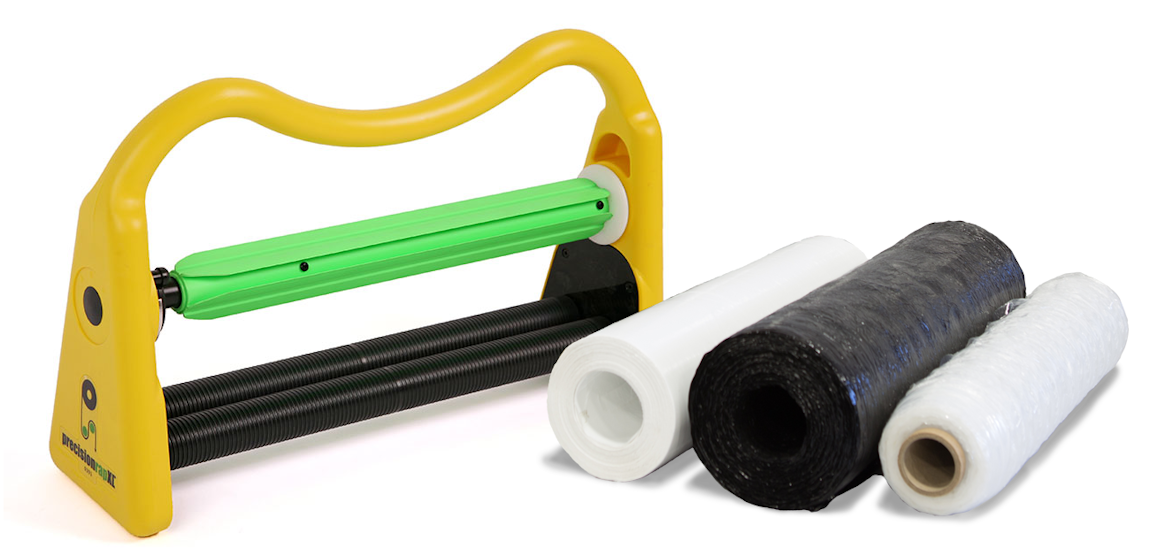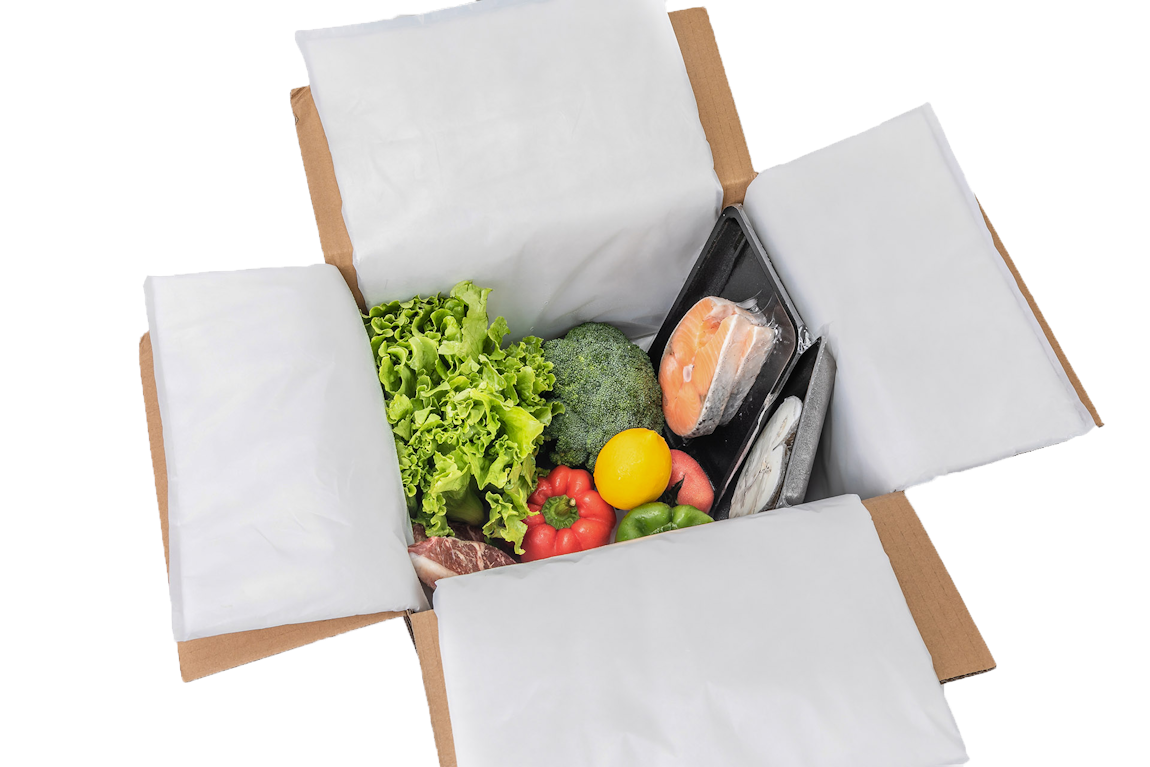Innovative materials in protective packaging: What to expect in 2025
As we approach 2025, the protective packaging industry is undergoing transformation, driven by sustainability concerns and technological advancements.
Scientific studies are reshaping the landscape of materials and solutions used to safeguard products during storage and transit for the better. In this article, we explore innovative materials used in the protective packaging world that are projected to revolutionise the way businesses ship products worldwide.
Bio-Assimilation films
One of the most exciting developments in protective packaging for 2025 is the emergence of bio-assimilation film. This innovative material is designed to provide security for shipments during their functional lifecycle while addressing end-of-life environmental concerns.
But what exactly does bio-assimilation mean?
Bio-assimilation is an innovative process in material science that allows certain plastics to break down completely into their basic components, leaving no microplastics or toxic residues behind. That’s right. Unlike biodegradable and oxo-degradable products, which leave microplastics behind at their end-of-life, bio-assimilation is a truly sustainable material. Let’s break down (pun intended) the benefits of bio-assimilation further:
- Complete breakdown: Bio-assimilable materials degrade entirely into biomass, water, and a small amount of carbon dioxide. This means they can be fully consumed by microorganisms in various environments.
- Controlled degradation: The process is engineered to begin only after a predetermined period, typically around two years. This ensures the material maintains its protective properties during its intended use.
- Versatile environmental compatibility: Bio-assimilation can occur in diverse settings, including terrestrial, aquatic, and even anaerobic landfills, without requiring special conditions like oxygen or sunlight.
- Molecular-level transformation: The process involves breaking down the plastic's molecular structure to a weight that can be consumed by living organisms. This represents the final and conclusive stage of plastic biodegradation.
- Catalysed Process: Bio-assimilation is often helped by the inclusion of specific transition metals in the plastic formulation. These metals act as catalysts, initiating a process that breaks the carbon-to-carbon bonds within the polymer molecules.
Product spotlight: Precisionrap DK
A standout example of bio-assimilation technology in action is Precisionrap DK, a revolutionary pallet wrap film. This stretch film maintains its strength for up to two years, ensuring your products stay secure during transport. After its functional life, PrecisionRap DK bio-assimilates within 6 months to 2 years, leaving no harmful residues behind.
Balancing the need for security with environmental responsibility, Precisionrap as a product aligns perfectly with the growing demand for sustainable solutions as we move towards 2025.By embracing such innovations, companies can protect their products and the planet, proving that sustainability and functionality can go hand in hand.

Recycled and upcycled packaging materials
Recycled and upcycled materials are becoming essential components of sustainable protective packaging solutions. As the industry shifts towards a circular economy, these materials help minimise waste and reduce reliance on virgin resources.
- Recycled materials: Protective packaging made from post-consumer recycled (PCR) content is on the rise. By incorporating materials that have already been used and discarded, manufacturers can significantly lower their environmental footprint. This not only reduces landfill waste but also conserves energy and resources needed for producing new materials.
- Upcycled materials: Upcycling takes recycling a step further by transforming waste materials into new products of higher quality or value. This can include using leftover materials from manufacturing processes or repurposing discarded items into functional packaging solutions. Upcycled materials often provide unique properties and aesthetics, enhancing the appeal of sustainable packaging.
The use of recycled and upcycled materials not only supports sustainability goals but also meets the growing consumer demand for eco-friendly products. As technology and processes improve, we can expect an increasing variety of innovative packaging options that prioritise resource efficiency and environmental responsibility, paving the way for a more sustainable future in protective packaging.

Looking for a protective packaging solution?
At Swiftpak, we pride ourselves on delivering the very best protective packaging solutions. Speak to our expert team today to see how we could revolutionise your packaging.
Plant-based polymers
Another innovative material to watch in the protective packaging sector is plant-based polymers. These bioplastics are derived from renewable resources such as corn, sugarcane, and other biomass, and they offer an alternative to conventional petroleum-based plastics.
Companies are increasingly adopting plant-based polymers to create packaging that not only protects products but also aligns with consumer preferences for sustainability. As we approach 2025, the integration of plant-based materials into protective packaging will likely become more mainstream, further enhancing the industry's commitment to reducing its ecological footprint.

Protective packaging solutions from the experts
Working with an experienced packaging supplier can make all the difference in creating successful protective packaging solutions. With expert advice on materials, design, and sustainability, you can achieve your packaging goals while staying within budget.
At Swiftpak, we pride ourselves on delivering the very best protective packaging solutions. With over 45 years of experience and a trusted in-house packaging design team, we can ensure a successful solution that your business deserves. If you’re interested in making the most out of your packaging, get in touch with our expert team today. We’d love to show you how our packaging process can help drive business growth.